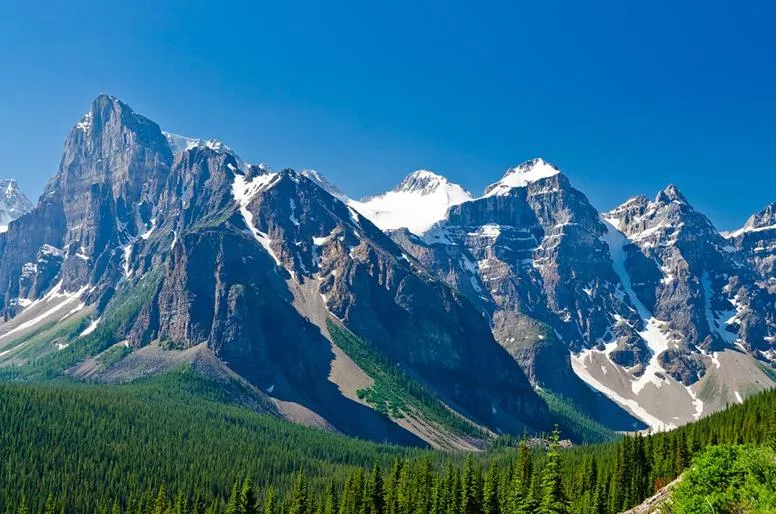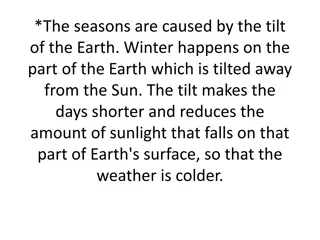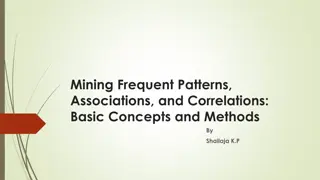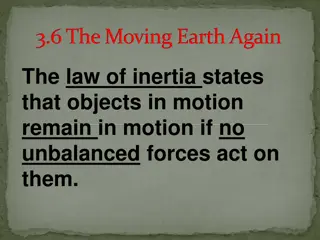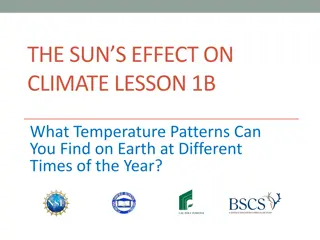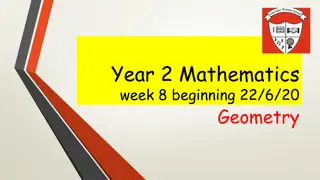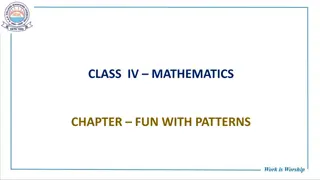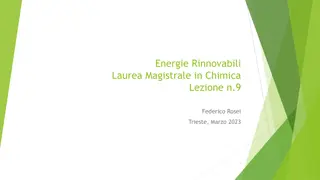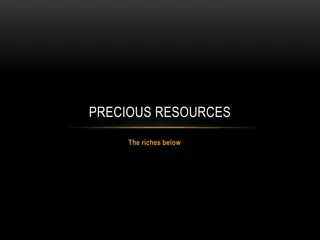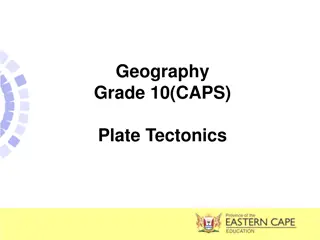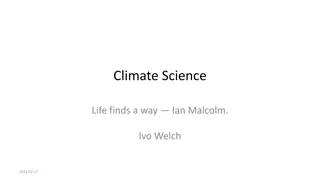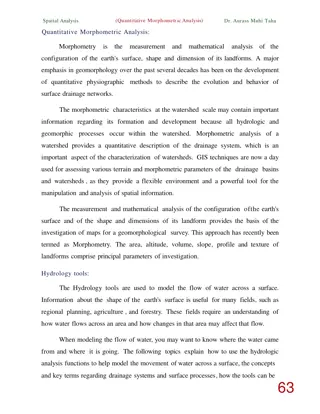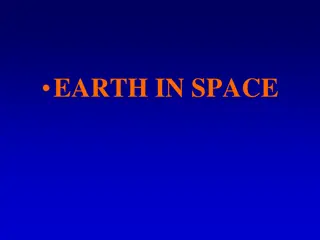Unveiling Earth's Landform Patterns Through History
Explore the fascinating journey of Earth's landforms, from the formation of continents to the theory of Plate Tectonics. Delve into the rich history of geology, uncovering insights from notable scientists like James Hutton and Alfred Wegener. Witness the dynamic processes of earthquakes, volcanoes, and the shifting landscapes over billions of years. Experience the interconnected patterns of mountains, rivers, plateaus, and more that shape our planet's unique geography.
Download Presentation

Please find below an Image/Link to download the presentation.
The content on the website is provided AS IS for your information and personal use only. It may not be sold, licensed, or shared on other websites without obtaining consent from the author. Download presentation by click this link. If you encounter any issues during the download, it is possible that the publisher has removed the file from their server.
E N D
Presentation Transcript
Understanding Landform Patterns
Pop Quiz! Anyone who can name 5 or more out of the 7 Physiographic Regions of Canada will get a Prize! You have 2 minutes
What Patterns have we already Scene? Earthquakes Tsunami Volcanoes
Landform Patterns Earthquakes and Volcanoes take place on or near PLATE BOUNDARIES Especially on the Ring of Fire
Landform Patterns Everything on Earth exists there for a reason Mountains Rivers Plateaus Volcanoes Plains Different types of rock We can examine these patterns in order to understand WHY
Landform Patterns in History During earth s 4.6 Billion year history, pieces of land have been built up and torn down many times over Scottish Geologist James Hutton first advanced his idea in 1785. Unfortunately, his theory was rejected, as most scientists thought the earth was only about 6000 years old.
Landform Patterns in History In 1912, German Geographer Alfred Wegener proposed that all of the continents were once joined together in a huge land mass called Pangea His theory was also criticized by scientists at the time, but it led to the modern theory of Plate Techtonics
Plate Techtonics The theory that all Continents were once joined together and are gradually drifting apart as the Earth s Plates move apart. What are the 5 Continents? North America South America Asia Europe Africa Australia (Oceania) Antarctica
Change Over Time! Pangea was built around Old Shield Regions or Old Plates The land was created from widespread Volcano Eruptions Billions of years ago. Therefore, originally, all of the Rock in Pangea was this type of rock: Igneous Rock (Volcanic Rock) Solidified Magma from inside the Earth.
Change Over Time! Later, over Millions of Years, heat and pressure altered some part of these Old Shield Regions This formed this type of Rock: Metamorphic Rock (Changed Rock) Typically the Hardest types of rock
Shield Regions As Pangea Broke apart over the years, the Shield Regions were scattered across this earth as the Core (Centre) of Continents Today s Shield regions are made up of a combination of: Igneous and Metamorphic rocks This major Physiographic Region in Canada is the: Canadian Shield
Canadian Shield Physiographic Regions: The process by which regions with relatively homogeneous (Similar) physical geography are determined. Today, shield regions are heavily worn, and carved by the relentless forces of Erosion through Water, Ice, and Wind Ancient Shield such as the Canadian Shield often have widespread areas of Bare Rock
Erosion What is Erosion? Erosion is the process by which the surface of the Earth gets worn down. Erosion can be caused by natural elements such as wind and glacial ice. But anyone who has ever seen a picture of the Grand Canyon knows that nothing beats the slow steady movement of water when it comes to changing the Earth.
Change Over Time! The Erosion of the Shield regions created the rest of the continent Rivers and Glaciers carried eroded materials called Sediment ancient seas There, it accumulated into thick, layered beds which slowly solidified to produce this type of rock: Sedimentary Rock (Layered Rock) Sometimes you can even break the layers apart with your bare hands!
Plains and Lowlands New land emerged around the Ancient Shield as the seas filled in These are called Plains and Lowlands They are underlaid by Horizontal layers of Sedimentary rock Plains are broad areas of level (flat) land This major Physiographic Region in Canada is called the: Interior Plains The Farmland there is called the: Canadian Prairies
Lowlands Lowlands are Plains that are located along coastlines of seas, oceans, and lakes For example, the major Canadian Physiographic Region that we live in is called the: Saint Lawrence Lowlands The other major Lowland Region is called the: Hudson Bay Lowlands They are both near large bodies of water!
Fold Mountains HUGE mountain chains cross continents in bands One chain runs the entire length of the West Coast of North America and into South America and Antarctica. This is called the: Rocky Mountains It is then called various different mountain chains as it progresses into the U.S.A and South America It is however the exact same chain of mountains all the way down!
Fold Mountains Massive mountain chains that spread throughout the world 1. Runs down the West Coast of the Americas from North to South 2. Crosses Europe and Asia from West to East Fold Mountain Systems: Huge crumpled ridges where plates collide Built from think layers of Sedimentary Rock deposited in ocean basins
Fold Mountain Regions As currents in the Mantle drag plates together, these layers are arched up in parallel ridges; sort of like a Wrinkled Carpet Rock cannot bend much, so the fold often Snaps, causing Earthquakes and movements along cracks called Faults a famous fault is called the: San Andreas Fault in California
Fold Mountain Regions As a result of Earthquakes and Movement Sedimentary rock layers have sometimes been heaved up and stand on end The pressure of the extreme folding has created areas of Metamorphic rock in some fold mountain regions These mountains Divide the flow of Rivers Elevation causes Climate Regions, which in turn create conditions for unique communities of plants and animals.


